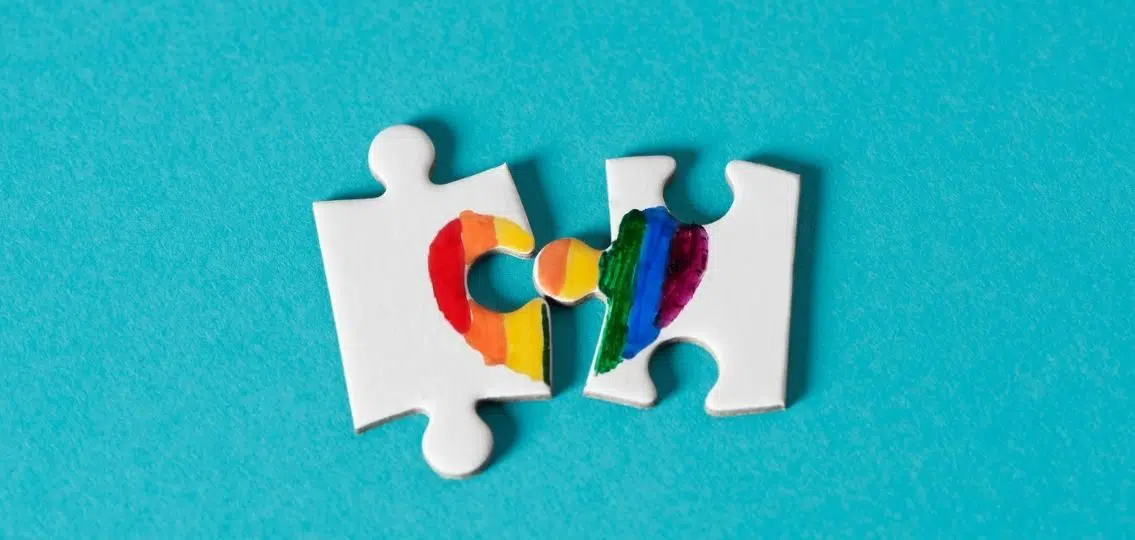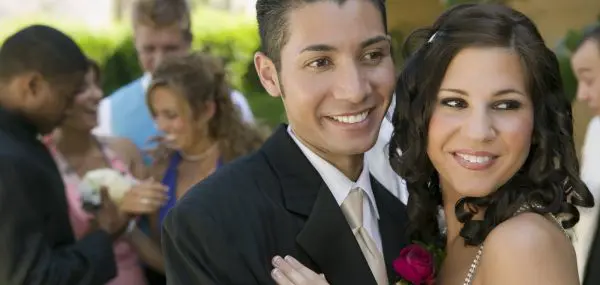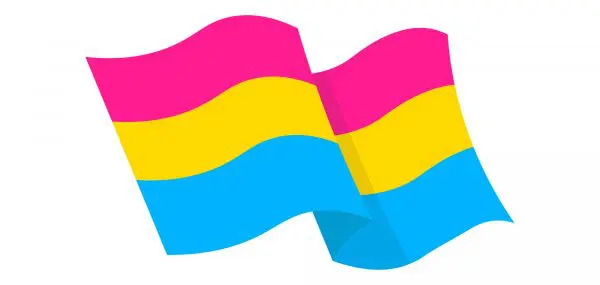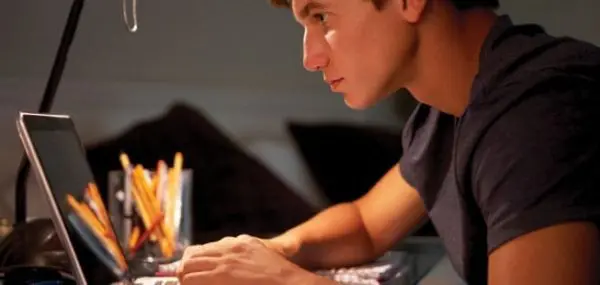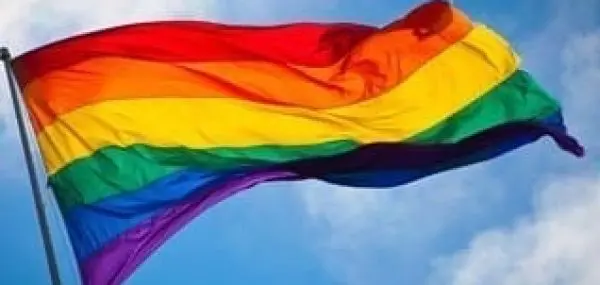In my early twenties—nearly half a lifetime ago—I fell for another woman, an out lesbian. I awkwardly introduced the possibility that she and I could be a couple by telling her that I might be a “heterosexually-identified bisexual.” What I was trying to say: I had only dated men and thought of myself as straight, but now something else was going on, given how attracted I was to her. After we started dating, we laughed about the convoluted label. Now I could simplify it. Being with her was the proof. I was bi.
Mine was a typical Generation X coming out story: Sexual orientation was something you figured out by acting on an attraction too powerful to deny. Fueled by activism, AIDS, feminism, and other social forces, the LGBTQ community was becoming more visible, but the default was still Hetero Until Proven Otherwise. Even if you knew you weren’t straight from a young age, you likely spent too much time hoping you’d somehow change, avoiding a life that was at best untraditional and at worst fell prey to homophobic violence.
So when, as a parent, I watched my daughter’s generation come out, I was taken aback. It started early, in the preteens, on Instagram. The typical script was a “guys, I’ve been thinking about this a lot…” explanation, punctuated by a Pride flag emoji and sparking a long thread of congratulatory comments. Gender transitions were bigger news, with new names and pronouns, but even these were increasingly matter of fact. I teased my daughter about being the last cis-het girl at school.
My parent friends and I unabashedly supported the kids. But we confessed feeling baffled. We speculated about social media contagion and the ubiquity of porn as potential influences. How did they really know their sexual orientation before they’d even had their first kiss? In other words: How did they know without proof?
Privately, these coming out announcements hit a nerve. The proof I had of my own bisexuality—one relationship with another woman—always felt tenuous. When we were together, her lesbian friends warmly took me in. But I knew some cautioned each other not to date bi, as a bi woman would surely leave you for a man, retreating to the shelter of heterosexual privilege. Indeed, after I moved to another state for a job, the relationship faltered, and I did leave her for a man.
The shelter of heterosexual privilege, though, turned out to be drafty. My bisexuality was perceived as a sexy experiment, or a threat—one boyfriend would explode in jealous confusion. The man I married had no such issues, but after years of being straight-coupled, particularly after my daughter was born, I didn’t know what to make of my bisexual identity. The old stereotype haunted me: Maybe I was just a straight girl who’d strayed.
Perspective came from an unexpected source: My nephew, who came out as bi his first year of high school, and my niece, then beginning the process of coming out as trans. They knew I was bi. They didn’t care how many same sex relationships I had. At family gatherings, they peppered me with questions about what Pride marches and gay bars were like in the 1990s. I gave them my copy of the anthology Bi Any Other Name, then mandatory reading for bi folk, and we laughed over the haircuts in old videos of Two Nice Girls, a lesbian band I’d seen with my girlfriend. They called me “Auntie Queer,” an affectionate label that, more than anything else, got me right.
I’ve spent the past year talking to young people in their teens and early 20s about dating and relationships for a book on first love. I noticed several of my interview subjects described their sexual orientation as “bi,” “queer,” or “questioning,” even though they’d only been in opposite-sex relationships. I asked one of them, a 19-year-old woman, how she knew she was queer. “I just know,” she said simply.
According to a 2021 Gallup report, one in six people aged 18 to 23 consider themselves something other than straight. Another study found less than half of 13- to 20-year-olds identify as “exclusively heterosexual.” For Generation Z, apparently, queer is the new straight.
While many communities aren’t yet safe for LGBTQ teens, young people increasingly see heterosexuality as only one way to be, and a limited one at that. Being queer at her high school was “almost assumed,” my interview subject said. “You have to come out the other way. If someone says, ‘I actually only like men,’ we’re like, ‘Really?’”
I’m getting used to the idea that being queer can be a “no experience required” identity. We certainly don’t expect sexual resumes from straight people. Basing sexual orientation on proof may be a relic of more homophobic times. When a community is under siege, shifting attractions can seem like ideological betrayals. More young people are questioning the heterosexual default because that’s their truth, and they’re freer to live that truth than ever before.
For them, sexual orientation is about possibility, not proof. It’s about recognizing all the potential vectors of your attraction, no matter whether you act on them. It’s a vision even a longtime straight-coupled mom like me can embrace.
